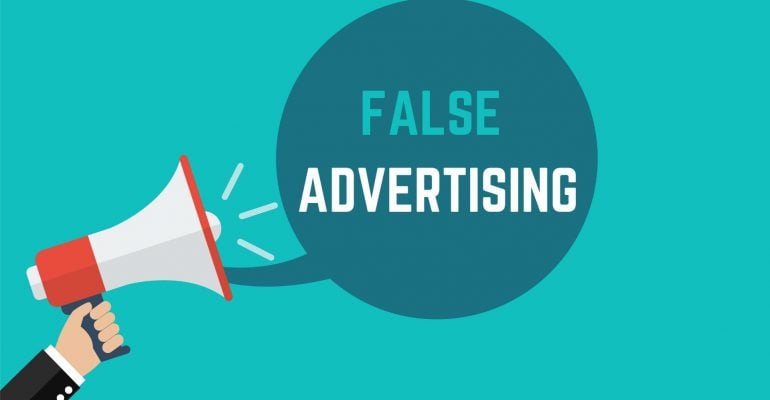Misleading Advertising: Navigating the Fine Line in Marketing
December 14, 2023 2023-12-14 12:11Misleading Advertising: Navigating the Fine Line in Marketing
Introduction Misleading advertising, a prevalent issue in the marketing world, raises significant ethical and legal concerns. This type of advertising uses deceptive or exaggerated claims to lure consumers, often leading to misinformation and consumer distrust.
Understanding Misleading Advertising It involves tactics like exaggeration, hidden fees, ambiguous language, and misleading visuals. The goal is to make products or services appear more appealing or valuable than they are.
Impact on Consumers Misleading advertisements can lead to poor purchasing decisions, financial loss, and a decrease in consumer trust. They can also harm the reputation of the companies involved.
Legal and Ethical Implications Many countries have regulations against deceptive advertising. Companies found guilty of misleading practices can face legal consequences, including fines and reputational damage.
Case Studies and Examples Real-world examples of misleading advertising highlight the need for vigilance both by consumers and regulatory bodies. These cases show the range of tactics used and the consequences faced by companies.
Conclusion Understanding and identifying misleading advertising is crucial for both consumers and marketers. Consumers must be critical and informed, while marketers should strive for transparency and ethical practices.
Further Information For a deeper exploration of this topic, including detailed analysis and examples, watch “Misleading Advertising” by Lynette Davidson here.




















